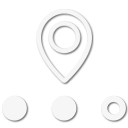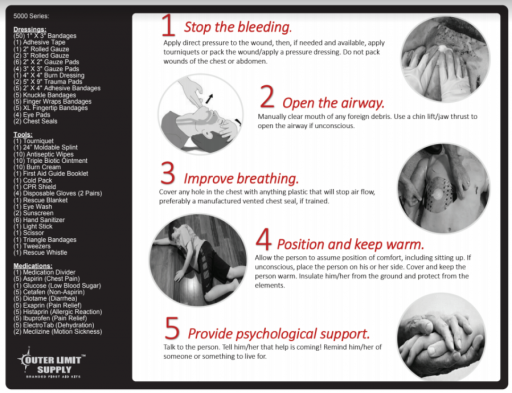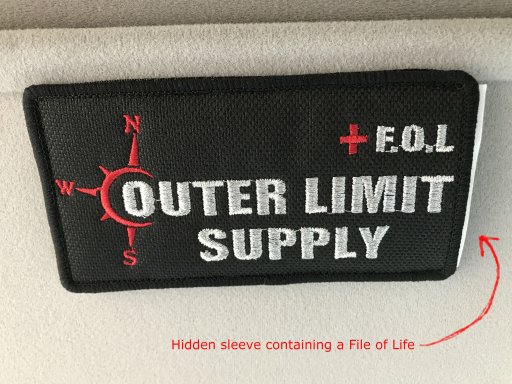In regards to the Good Samaritan Law of California the law does protect bystanders who try to provide aid at the scene of an emergency. There was a case that lead to a rewrite of the law when a bystander pulled a victim from a car and the victim was paralyzed. At the time of law suit, the court interpreted the law as medical assistance only and not the rescue part associated with the rendering of the medical care. The law has been changed and now protects licensed and trained medical personnel. In my opinion, not legal opinion, I would rather help some one who needs it rather than stand by and watch them suffer and deal with the aftermath in court as needed.
Here is the actual law:
1799.102. (a) No person who in good faith, and not for compensation, renders emergency medical or nonmedical care at the scene of an emergency shall be liable for any civil damages resulting from any act or omission. The scene of an emergency shall not include emergency departments and other places where medical care is usually offered. This subdivision applies only to the medical, law enforcement, and emergency personnel specified in this chapter.
(b) (1) It is the intent of the Legislature to encourage other individuals to volunteer, without compensation, to assist others in need during an emergency, while ensuring that those volunteers who provide care or assistance act responsibly.
(2) Except for those persons specified in subdivision (a), no person who in good faith, and not for compensation, renders emergency medical or nonmedical care or assistance at the scene of an emergency shall be liable for civil damages resulting from any act or omission other than an act or omission constituting gross negligence or willful or wanton misconduct. The scene of an emergency shall not include emergency departments and other places where medical care is usually offered. This subdivision shall not be construed to alter existing protections from liability for licensed medical or other personnel specified in subdivision (a) or any other law.
(c) Nothing in this section shall be construed to change any existing legal duties or obligations, nor does anything in this section in any way affect the provisions in Section 1714.5 of the Civil Code, as proposed to be amended by Senate Bill 39 of the 2009 10 Regular Session of the Legislature.
(d) The amendments to this section made by the act adding subdivisions (b) and (c) shall apply exclusively to any legal action filed on or after the effective date of that act.
(Amended by Stats. 2009, Ch. 77, Sec. 1. Effective August 6, 2009. Note: As referenced in subd. (d), subds. (b) and (c) were added in the amendment by Stats. 2009, Ch. 77.)












